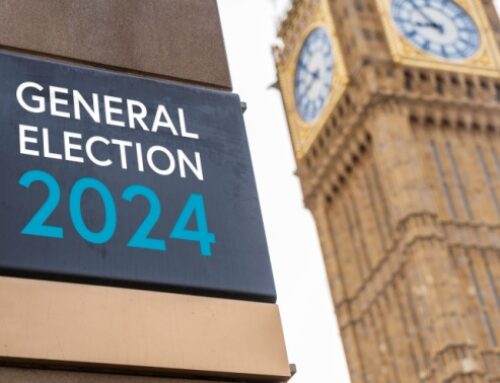If someone in the world of finance asks for your “number”, the chances are it’s not your mobile digits they are after.
Rather, they are likely referring to the amount of money you need to achieve complete financial independence and retire.
Everyone’s number is different and determining it is an integral part of building a comprehensive financial plan.
Your number will inform your saving patterns, investments, and your desired retirement date.
Read on to discover how to find your number and what factors could influence it.
There are two key questions that can help you find your number
Although there are multiple factors that determine your number, you can ultimately boil it down to the following two questions:
- When do you want to retire?
- How much income will you need for your retirement?
The two are, of course, connected.
For example, if you decide you want to retire at 55, you will likely need a significantly bigger pot than if you want to retire at 68.
Not only will you need an additional 13 years of income, but you will also make 13 years fewer contributions to your pension.
This disparity combined with compounding returns could mean there is a significant difference between your retirement pot at 55 and 68.
Indeed, even prolonging retirement by one year can have a notable effect.
Actuarial Post reports that a retiring 60-year-old with a modest pension fund of £200,000 could see a 16% increase in their annual income by delaying their retirement for just one year.
So, deciding when you want to retire will likely have an impact on how much income you have in your retirement.
When it comes to how much you will need, there are several expenses you might want to consider:
- Regular expenditure – how much will you want to spend on a weekly or monthly basis? Will you have paid off all your debts and what will your normal outgoings total?
- Big expenses – are there retirement plans you have that will cost a lot? For example, travelling abroad, home improvements, or funding your children’s or grandchildren’s education, could all be quite expensive and should be factored into your retirement plan.
- Care costs – the cost of care in the UK is very high. There are proposals to introduce an £86,000 cap on the total amount one adult can pay for care before the government steps in, but these have not been ratified yet.
- Inheritance – you may also want to ensure that you have some wealth left over when you die that you can pass on to your family.
Though these costs vary from person to person, a financial planner can help you to find your estimates for each.
You might then want to consider some of the unknown factors that will influence the retirement income you need, such as life expectancy, market performance, additional expenses, and inflation.
These factors are, by their nature, impossible to predict, but a financial planner can use cashflow modelling to map your projected expenses against different scenarios in the future. This will then give you an idea of the range of sums you may need to have the retirement you desire.
It’s important to know how much is “enough” for you
When working out your number, you may overestimate what you need to have the retirement you want.
Knowing how much is “enough” for you could mean you can retire earlier than expected and enjoy ticking off your bucket list with plenty of time to spare.
Of course, what is enough is different for everyone, but again, a financial planner can work with you and use cashflow modelling to find your unique sum.
If you are still unsure what your number should be but want an approximation to build toward, you might consider exploring the safe withdrawal rate.
The safe withdrawal rate can provide rough guidance for finding your number
The safe withdrawal rate is a method that can provide rough guidance on how much you can withdraw from your retirement fund each year without running out of money later on.
The method recommends you only withdraw a small percentage of your portfolio each year. The exact figure will vary depending on factors such as your plan, how your wealth is invested, and your goals.
The recommended rate was previously around 4%, but many economists have questioned if this is sustainable in the 21st century and suggest that withdrawing around 3% of the value of your portfolio may be more appropriate.
So, it is best to determine your safe withdrawal rate by working with a financial planner.
Get in touch
A financial planner can help you to ensure your desired retirement age, savings, and income align.
They can use cashflow modelling to work out how much you will need for retirement and advise the steps you could take to ensure you reach your target.
Email info@perennialwealth.co.uk or call 0117 959 6499.
Risk warnings
This blog is for general information only and does not constitute advice. The information is aimed at UK retail clients only.
The Financial Conduct Authority does not regulate cashflow planning.
A pension is a long-term investment. Your eventual income may depend upon the size of the fund at retirement, future interest rates and tax legislation.
The value of investments can fall as well as rise and you may not get back the amount originally invested.





